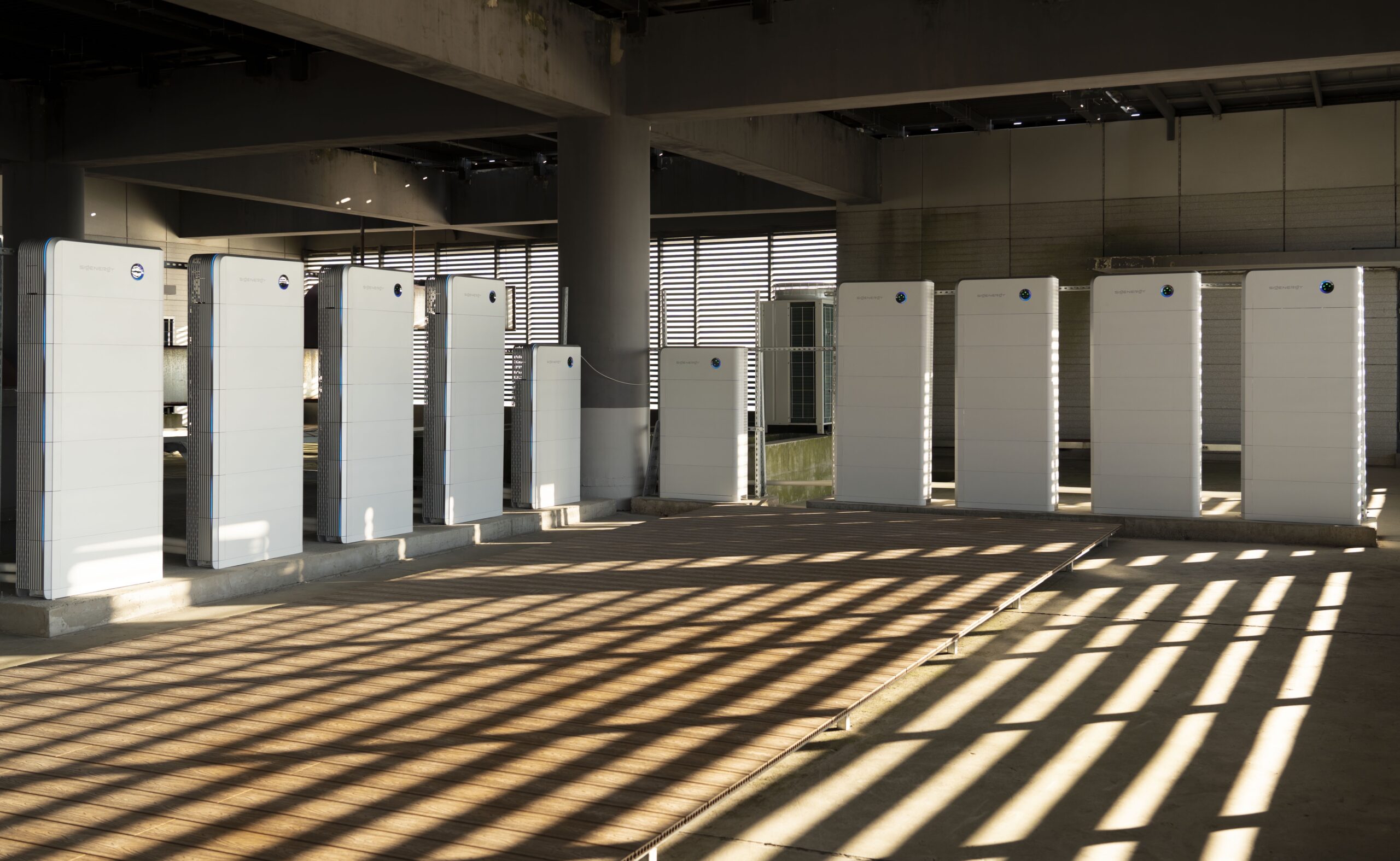Is the storage market taking off?
“The rollout is accelerating. We’re seeing all kinds of projects, from small to very large-scale installations, such as a company wanting to install 60 batteries across multiple locations and another planning to deploy 20 containerized storage units at a single site. However, these projects typically have long lead times when it comes to planning, design, and implementation. It doesn’t all happen at once but is spread out over time.”
Is insuring energy storage systems standard practice?
“If a bank or another financier is involved – which is usually the case – insurance is always required. No insurance, no financing. No financing, no project. That’s the rule. This applies to the construction phase, the operational phase, and potential incidents affecting third parties. Required policies include construction insurance, an energy storage all-risk insurance policy, and liability insurance. Additionally, a pre-commissioning inspection is mandatory.”
There is no official inspection regulation for batteries…
“As long as such a regulation does not exist, a Scope 10 inspection is required, along with compliance with the Publicatiereeks Gevaarlijke Stoffen (PGS) 37-1 guideline. On top of that, additional specific requirements are often imposed. Examples include maintaining a clearance of 5 to 10 meters between a building and the battery – usually 10 meters – and keeping 2.5 meters between batteries. Furthermore, batteries cannot be placed inside a building where people work. If this is allowed, proper fire compartmentalization must be ensured.”
How does the insurance process typically go?
“It’s not an easy type of insurance. It often depends on the size and location of the project, making it highly customized. This also applies to large solar energy systems, but insurers have much more experience with those. When it comes to batteries, insurers are still cautious. It’s a new field for them, and they are still figuring a lot out. As a result, getting things arranged takes considerable effort and time.”
What are they trying to determine?
“Lithium, iron, salt, or flow batteries – are they covering just a few of these technologies, or all of them? What will they insure, and what won’t they? Where does their appetite lie in terms of system size and placement? Some insurers are willing to provide coverage, but only for a partial risk – say 40%. For the remaining portion, you need to find coverage elsewhere. It’s not uncommon for large systems to involve two or three different insurers.”
Your advice?
“Don’t treat energy storage insurance as an afterthought. If you think you can arrange it in the last two weeks before a battery goes online, you’re in for an unpleasant surprise. Many insurers are dealing with staff shortages, and this is a complex topic. If you wait too long, your application will end up at the bottom of the pile, and you’ll find yourself making weekly calls to speed things up.
So, plan ahead. Even better: involve insurers, and even the fire department, from the very first phase of your project. Keep them informed about your plans and engage in discussions to clear up any uncertainties. This can prevent a lot of problems – and significant costs – down the line.”





